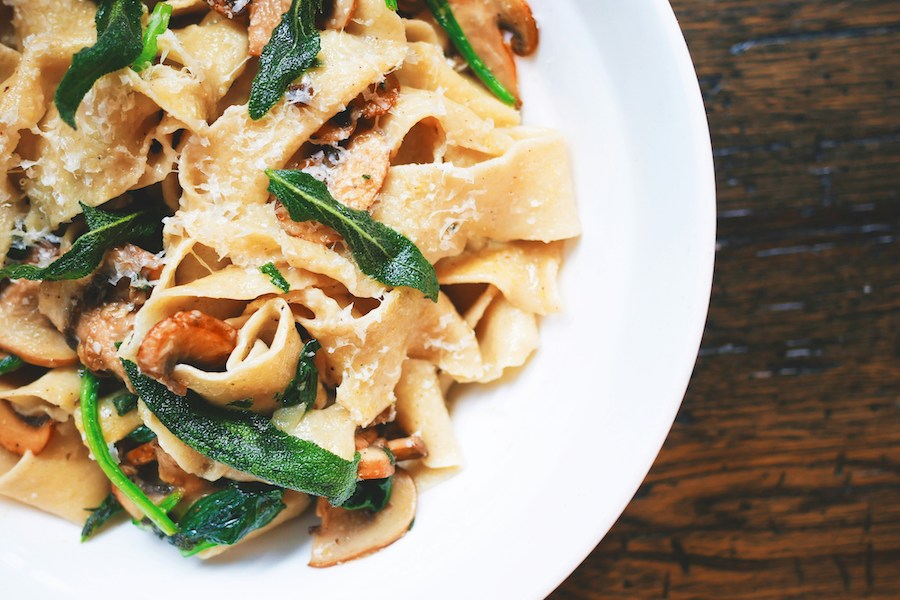I’ve always heard that spicy foods actually keep you cool, but data nerd that I am, I didn’t actually look into the research until now. If you’ve also been wondering whether sweating over a plate of Chicken Vindaloo, a huge helping of kimchi, or copious amounts of Sriracha on…well, everything, here’s the scoop.
You may have noticed that spicy cuisine tend to hail from warm-weather regions like Southeast Asia, South and Central America, the Caribbean, Southern Africa and even the southern states right here.
(Not sure about you, but when I think of traveling to Canada or Finland, spicy foods don’t generally pop to mind.)
There’s actually a physiological reason for the correlation between hotter climates and spicier foods: It all comes down to perspiration.
Sweating is your body’s way of regulating its temperature, by literally removing heat from the body. And spicy foods make you sweat, thanks to capsaicin, the chemical that gives chili peppers their heat.
For more detail, there’s a helpful, short Scientific American article about why eating spicy foods helps cool your body, thanks to Barry Green, PhD and Director Emeritus at the John B Pierce Laboratory, whose focus is sensory interactions between chemical irritants and taste, temperature and pain. He explains that “spicy foods excite the receptors in the skin that normally respond to heat”
And capsaicin happens to be — you guessed it — a chemical irritant. But wait! That’s not a bad thing!
In fact, I love Dr. Green’s reassurance that “humans are peculiar creatures — we’ve taken a nerve response that normally signals danger and turned it into something pleasurable.”
Those of you who carry hot sauce around in your bags know exactly what he’s talking about. And those of you who don’t? Well, with the summer we’ve been having, this may be a good time to start.
Top image: Artem Bali via Unsplash






